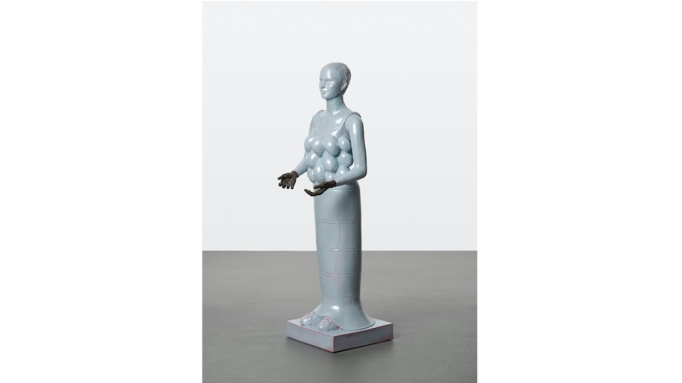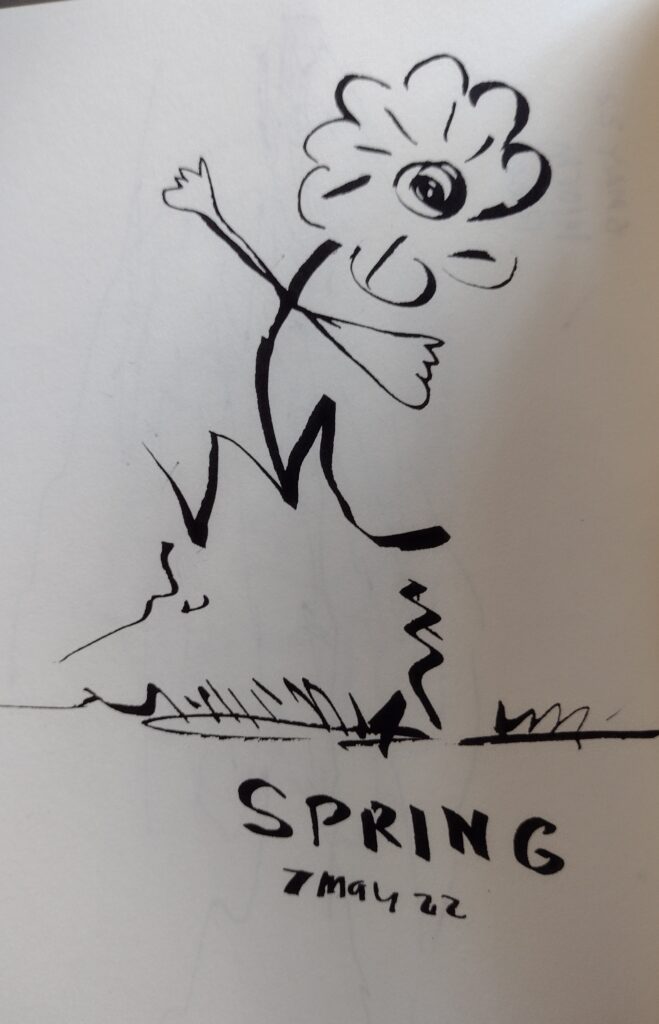
Declining native species could be planted in urban green spaces. Researchers from the German Centre for Integrative Biodiversity Research (iDiv), the Martin Luther University Halle-Wittenberg (MLU), Leipzig University and other institutions describe how to use this great potential for species protection. In their most recent study, published in the journal Nature Sustainability, they recommend practical conservation gardening methods in a bid to restructure the horticultural industry and reverse plant species declines.
googletag.cmd.push(function() { googletag.display(‘div-gpt-ad-1449240174198-2’); });Despite global efforts to protect biodiversity, many plant species are still declining. In Germany, this includes 70 percent of all plant species, with almost a third (27.5 percent) threatened, and 76 species are already considered extinct. Much of this loss can be attributed to the decline in natural habitats, in part due to increasing urbanization. Ten percent of the total area of Germany, for example, is settlement area.
However, it is precisely these settlement areas that hold enormous—albeit untapped—potential for nature conservation. After all, these areas include millions of private gardens, balconies and green roofs, as well as parks and other public green spaces. Researchers from iDiv, the Universities of Halle and Leipzig and other institutions propose using these potentially available areas for conservation gardening.








